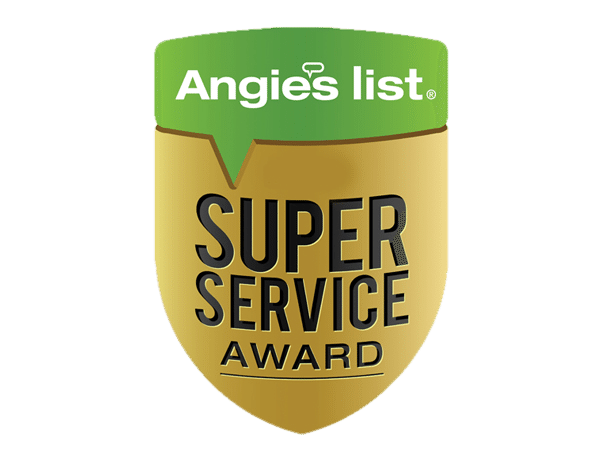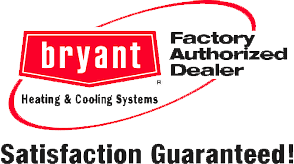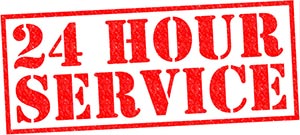A heat pump is an increasingly popular way to heat and cool your home. It works by moving refrigerant in and out of the house, absorbing heat indoors and exhausting it outdoors to cool, and doing the reverse to heat.
Heat pumps are valued for their efficiency, and the fact they run by electricity, so don’t burn fossil fuels.
There are a couple of drawbacks with heat pumps, particularly when it comes to heat pump heat. We can explain better if we look at the three kinds of heat involved with a heat pump.
Pumped Heat
As mentioned above, the heat pump heats by absorbing heat from the outdoors and moving it indoors. The problem arises in cooler climates such as ours, when the temperature falls below freezing. Although there is always some heat in the air unless the temperature drops to absolute zero, a unit may struggle to provide adequate heating through pumped heat alone on a cold day.
Heat pumps have been improved in recent years to do a better job in cooler climates, so consult with your HVAC pro to find a model that works more efficiently during cold spells.
Supplementary Heat
If your heat pump isn’t pumping adequate heat into the home, you may need some kind of supplementary heat. Typically, the heat pump will switch over to electric resistance or strip heat. Some homeowners may opt for a dual fuel system, where the supplementary heat is provided by a furnace. Another option is a hydronic coil in the air handler.
Emergency Heat
Heat pump thermostats have a setting called “Emergency Heat.” This means when the pumped heat is inadequate, the emergency heat setting will turn off the compressor and the supplementary heat source will come on. If it’s the strip heat, beware, as this mode of heating is very inefficient and will cause your heating bills to skyrocket. Use this setting only when you can’t get any compressor heat.
To learn more about heat pump heat and other HVAC matters, contact Ace Hardware Home Services. We’re your Dayton source for HVAC repairs, maintenance and installations.








